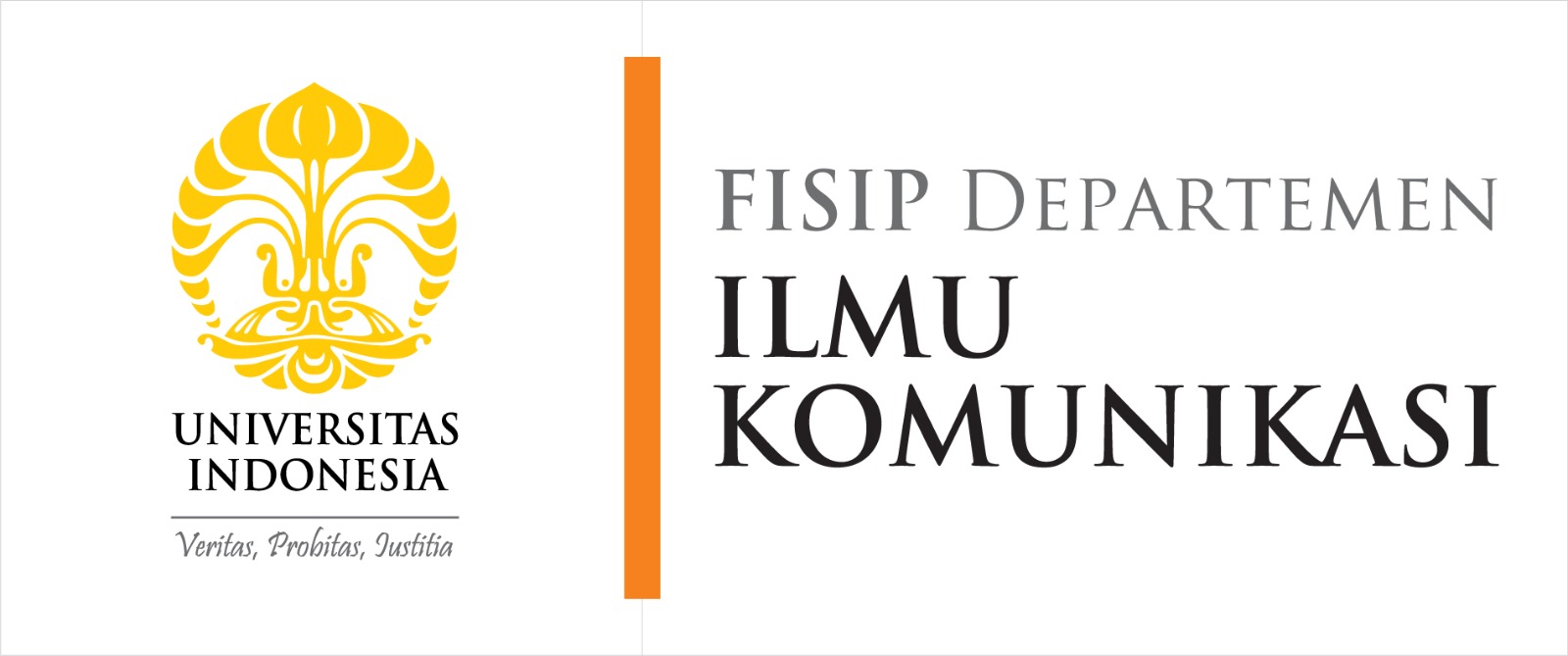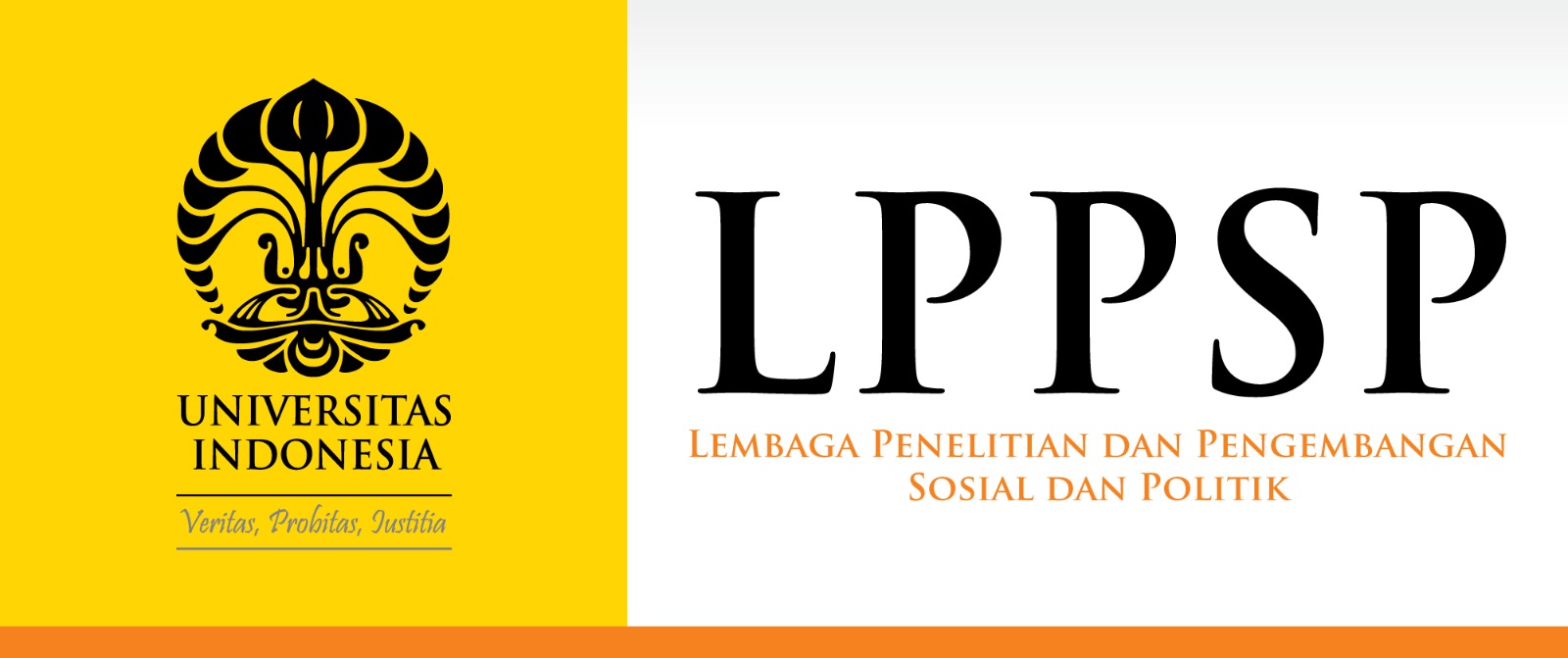JURNAL KOMUNIKASI INDONESIA
Abstract
This study aims to analyse the ideology of racism in Hollywood films shown on Netflix. To All the Boys I’ve Loved Before is a film based on a New York Times Best Seller novel. Initially, this film had some drawbacks because almost all production houses refused to keep an Asian face as the main character in accordance with the novel. The concept of ideology in the film refers to the concept proposed by John Storey. That ideology is an ideal form of image which aims to attract attention through methods, such as those used in texts, including films as mass media products to present a certain image about the world. This study applied a qualitative text analysis method, i.e.i.e. the Semiotics method. The film was analysed through Roland Barthes’ semiotic analysis, which is known for its denotative, connotative, and mythical meanings. The signs in the film were studied in stages to get the meaning of the message and also to uncover the myths that hide behind the ideology in the film. The result shows the use of Asian faces as the main characters who are also protagonists in To All the Boys I’ve Loved Before demonstrates that the racism depicted in this film is a myth. This film also joins the ranks of Hollywood films in which Asian actors were previously thought to be unable to sell at the box office. Penelitian ini bertujuan menganalisis ideologi rasisme dalam film-film Hollywood yang ditayangkan di Netflix. To All the Boys I’ve Loved Before adalah film yang diangkat dari novel New York Times Best Seller. Pada awalnya film ini memiliki beberapa kekurangan karena hampir semua rumah produksi menolak untuk mempertahankan wajah Asia sebagai karakter utama sesuai dengan novel. Konsep ideologi dalam film mengacu pada konsep yang diusulkan oleh John Storey. Ideologi adalah bentuk citra ideal yang bertujuan untuk menarik perhatian melalui metode, seperti yang digunakan dalam teks, termasuk film sebagai produk media massa untuk menyajikan citra tertentu tentang dunia. Penelitian ini menerapkan metode analisis teks kualitatif, yaitu metode Semiotika. Film ini dianalisis melalui analisis semiotik Roland Barthes, yang dikenal dengan makna denotatif, konotatif, dan mitosnya. Tanda-tanda dalam film ini dipelajari secara bertahap untuk mendapatkan makna pesan dan juga untuk mengungkap mitos yang tersembunyi di balik ideologi dalam film. Hasilnya menunjukkan penggunaan wajah Asia sebagai karakter utama yang juga protagonis dalam To All the Boys I’ve Loved Before menunjukkan bahwa rasisme yang digambarkan dalam film ini adalah mitos. Film ini juga masuk dalam jajaran film Hollywood di mana aktor Asia sebelumnya dianggap tidak menjual di box office.
References
Berger, A. (2010). The objects of affection: semiotics and consumer cul- ture. Springer.
Bianchi, C. (2011). Semiotic approaches to advertising texts and strat- egies: Narrative, passion, marketing. Semiotica, 2011(183), 243–271.
Bonds, A., & Inwood, J. (2016). Beyond white privilege: Geographies of white supremacy and settler colonialism. Progress in Human Geography, 40(6), 715–733.
Briandana, R., Dwityas, N. A., Priyono, B. J., & Audinna, S. (2020). Film transformations from analog to digital: A case study of film restoration in Indonesia. Humanities and Social Sciences Reviews, 8(1), 78–84. https://doi.org/https://doi.org/10.18510/ hssr.2020.8113
Briandana, R., & Ibrahim, I. S. (2015). Audience interpretation on Kore- an TV drama series in Jakarta. Jurnal Komunikasi Borneo, 4(1), 45–55.
Budianto, I. M. (2001). Aplikasi Semiotika pada Tanda Nonverbal. Ja- karta: Pusat Penelitian Kemasyarakatan Dan Budaya Lembaga Penelitian Universitas Indonesia.
Callinicos, A. (1993). Race and class. Bookmarks.
Chong, V., & Kuo, B. C. H. (2015). Racial Identity Profiles of Asian-White Biracial Young Adults: Testing a Theoretical Model with Cultural and Psychological Correlates. Asian American Journal of Psy- chology, 6(3), 203–212. https://doi.org/10.1037/aap0000022
Cian, L. (2012). A comparative analysis of print advertising applying the two main plastic semiotics schools: Barthes’ and Greimas’. Se- miotica, 2012(190), 57–79.
Colman, F. (2014). Film, theory and philosophy: the key thinkers. London: Routledge.
Dwita, D. (2018). Gender Equality in Media Television (Semiotics Analy- sis of Fair and Lovely Advertisement Issue of Marriage or Mas- ter Degree). Komuniti: Jurnal Komunikasi Dan Teknologi Infor- masi, 10(1), 37–43.
Eco, U. (1976). A Theory of Semiotics (Vol. 217). Indiana University Press.
Fauzi, E. P. (2021). Konstruksi Sosial Soft Masculinity dalam Budaya Pop Korea. Jurnal Ilmu Komunikasi, 19(1), 127. https://doi. org/10.31315/jik.v19i1.3687
Fiske, J. (2012). Pengantar ilmu komunikasi. Jakarta: Rajawali Press.
Gilmore, G. E. (2019). Gender and Jim Crow: Women and the politics of white supremacy in North Carolina, 1896-1920. UNC Press Books.
Gorton, K. (2009). Media Audiences: Television, Meaning and Emotion: Television, Meaning and Emotion. Edinburgh University Press.
Hage, G. (2012). White nation: Fantasies of white supremacy in a multi- cultural society. Routledge.
Harry, H., Marta, R. F., & Briandana, R. (2021). Memetakan tautan bu- daya Lasem melalui dokumenter Net. biro Jawa Tengah dan MetroTVNews. ProTVF, 5(2), 227. https://doi.org/10.24198/ptvf. v5i2.33411
Harvey, M., & Evans, M. (2001). Decoding competitive propositions: a semiotic alternative to traditional advertising research. Interna- tional Journal of Market Research, 43(2), 171.
Hoopes, J. (2014). Peirce on signs: Writings on semiotic by Charles Sanders Peirce. UNC Press Books.
Howard, P. S. S. (2018). A laugh for the national project: Contemporary Canadian blackface humour and its constitution through Cana- dian anti-blackness. Ethnicities, 18(6), 843–868.
Hughey, M. W. (2009). Cinethetic racism: White redemption and black stereotypes in” magical Negro” films. Social Problems, 56(3), 543–577.
Hughey, M. W. (2012). Racializing redemption, reproducing racism: The odyssey of magical negroes and white saviors. Sociology Com- pass, 6(9), 751–767.
Kauppinen-Räisänen, H., & Jauffret, M.-N. (2018). Using colour semiot- ics to explore colour meanings. Qualitative Market Research: An International Journal.
Kim, Y. (2008). Media, consumption, and everyday life in asia. (Y. Kim, Ed.), Intersections of Media and Communications: Concepts and Critical Frameworks. New York: Routledge.
Lovis, K. Z. (2021). The Impact of Perception of Public Relations on the Fintech Lending Customer Loyalty. Jurnal Komunikasi Indone- sia, X(1), 13–21.
Lumampauw, A., Lestari, R., Marta, R. F., & Fernando, J. (2020). Awak- ening Revealed through Rose’s Visual Analysis on #Langkah- Hijau Commercial Ads. Avant Garde, 8(2), 121. https://doi. org/10.36080/ag.v8i2.1231
Macadam, A. (2008). Long Duk Dong_ Last of the Hollywood Stereo- types_ _ NPR.
Marta, Rustono Farady, Laurencia Steffanie Mega Wijaya Kurniawati, Harry Harry, Mufid Salim, and Petrus Ana Andung. 2022. “Trans- fer of Knowledge and Scientific Publication Literacy for Young Lecturer by Pojok Dialektika.” Abdimas Galuh 4(1):310. doi: 10.25157/ag.v4i1.7128.
Marta, Rustono Farady, and Jean Sierjames. 2018. “Identifikasi Nilai Ke- majemukan Indonesia Sebagai Identitas Bangsa Dalam Iklan Mixagrip Versi Keragaman Budaya Indonesian Pluralism Value Identification as Nation Identity in Mixagrip Advertising Version of Keragaman Budaya.” Jurnal Kajian Komunikasi 6(1):37–50.
Morley, D. (2003). Television, audiences and cultural studies. London and New York: Routledge.
Najafian, M., & Ketabi, S. (2011). Advertising social semiotic representa- tion: a critical approach. International Journal of Industrial Mar- keting, 1(1), 63.
Nelson, A. (1990). Equal opportunities: dilemmas, contradictions, white men and class. Critical Social Policy, 10(28), 25–42.
Nguyen, H. (2018). How ‘To All the Boys I’ve Loved Before’ Was Influ- enced by John Hughes, but With Less Problematic Asian Rep- resentation.
Park, B. J. (2001). Patriarchy in Korean Society: Substance and Appear- ance of Power. Korea Journal, 41(4), 48–73.
Putri, L. D., Andika, D., & Annisarizki. (2020). The Journalists Has Built Self Meaning : Spreading Hate Speech in Presidential Election 2019 in Banten. Aspiration Journal, 1(2), 182–207.
Rossolatos, G. (2018). Brand image re-revisited: A semiotic note on brand iconicity and brand symbols. Social Semiotics, 28(3), 412–428.
Samiaji, A., Bahruddin, M., Harry, H., & Hidayat, E. (2022). Nation Branding Construction and Public Diplomacy from @america in Muslim Community of Indonesia. Medium Jurnal Ilmiah Fakul- tas Ilmu Komunikasi, 9(1), 276–290. https://doi.org/https://doi. org/10.25299/medium.2021.vol9(2).8836
Sheridan, E. (2006). Conservative implications of the irrelevance of rac- ism in contemporary African American cinema. Journal of Black Studies, 37(2), 177–192.
Smith, A. (2015). Heteropatriarchy and the three pillars of white suprem- acy: Rethinking women of color organizing. Transformations: Feminist Pathways to Global Change, 264.
Smith, S. L., Choueiti, M., Pieper, K., Gillig, T., Lee, C., & Deluca, D. (2014). Inequality in 700 Popular Films: Examining Portrayals of Gender, Race, & LGBT Status from 2007 to 2014 Media, Diversity, & Social Change Initiative, 29. Sobur, A. (2001). Analisis teks media: suatu pengantar untuk analisis wacana, analisis semiotik dan analisis framing. Remaja Rosda- karya.
Solík, M. (2014). Semiotic approach to analysis of advertising. European Journal of Science and Theology, 10(1), 207–217.
Steven, S. (2003). Learning from the patriotism, racism and slang pre- sented in Hollywood Americana. STEM Journal, 4, 35–53.
Stevens, L., & Maurantonio, N. (2018). Black Twitter asks Rachel: Racial identity theft in “post-racial” America. Howard Journal of Com- munications, 29(2), 179–195.
Stuurman, S. (2000). François Bernier and the invention of racial classi- fication. In History Workshop Journal (Vol. 50, pp. 1–21). Oxford University Press. https://doi.org/10.1093/hwj/2000.50.1
Taniguchi, A. S., Scholar, M., Heidenreich, L., & Mentor, F. (2005). Re- mix: Rethinking the Use of “Hapa” in Mixedrace Asian/Pacific Islander American Community Organizing. WSU McNair Jour- nal, 135–146.
Tennyson, P. A., & Ray, K. (2005). Reaching Today’s Utility Audiences: Why There Is No Such Thing as the General Public. American Water Works Association. Journal, 97(1), 49.
Umarela, F. H., Dwityas, N. A., & Zahra, D. R. (2020). Representasi ide- ologi supremasi kulit putih dalam iklan televisi. ProTVF, 4(1), 64. https://doi.org/10.24198/ptvf.v4i1.25172
Recommended Citation
Briandana, Rizki; Marta, Rustono Farady; Mijan, Rohana; and Fauzi, Eka Perwitasari
(2022)
"The Ideology of Racism in Contemporary HollywoodFilms on Netflix: A Case Study on“All the Boys I’ve Loved Before” Movie,"
JURNAL KOMUNIKASI INDONESIA: Vol. 11:
No.
1, Article 5.
DOI: 10.7454/jkmi.v11i1.1025
Available at:
https://scholarhub.ui.ac.id/jkmi/vol11/iss1/5
Included in
Gender, Race, Sexuality, and Ethnicity in Communication Commons, International and Intercultural Communication Commons, Social Influence and Political Communication Commons




